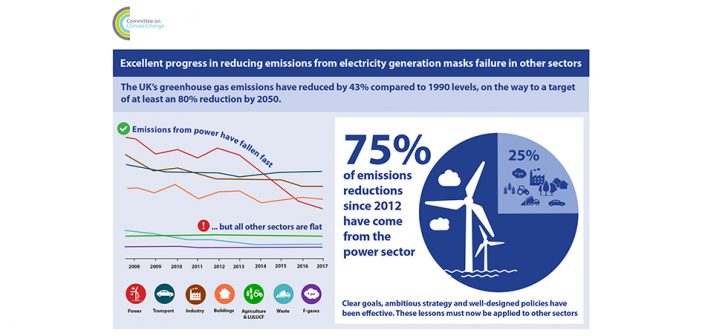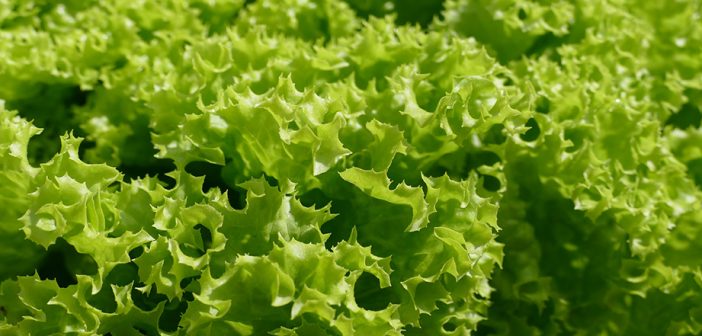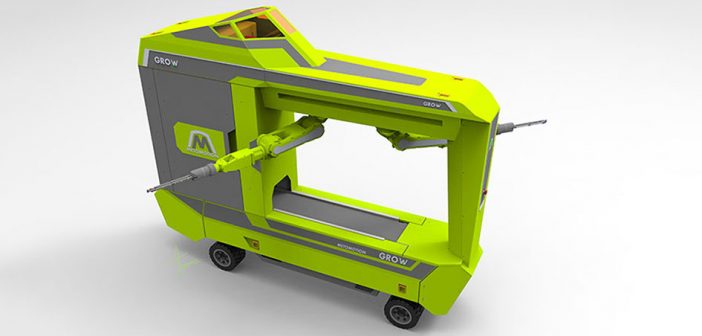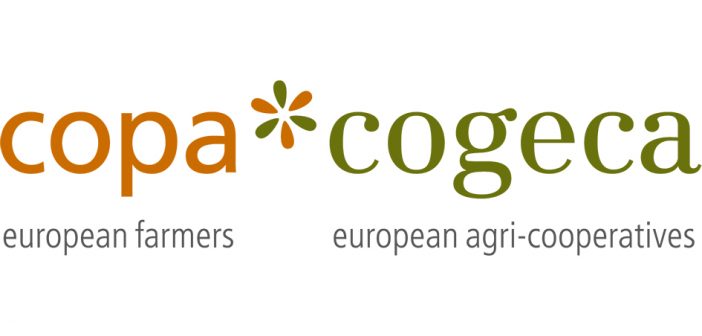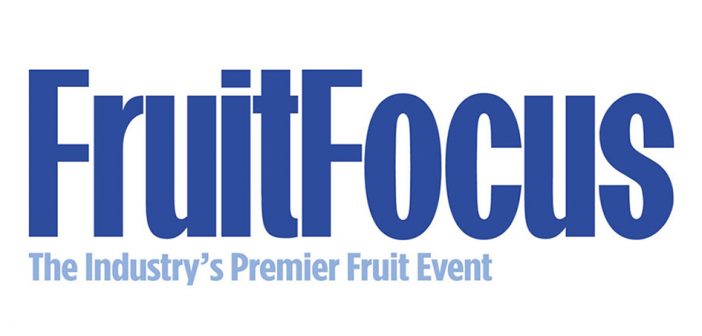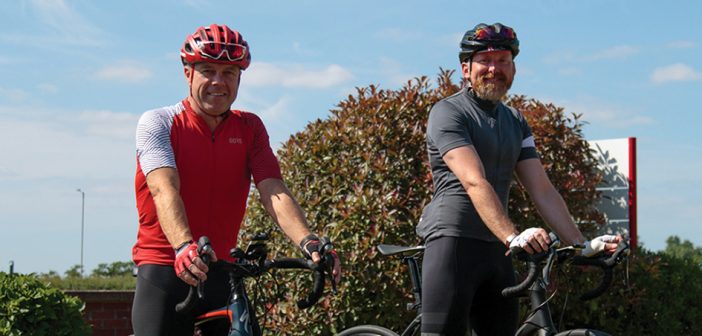A key challenge in the food industry is recovering valuable product which is left in equipment and pipework after production runs, for example between product change-overs and before cleaning. Product lost in this way increases operating costs unnecessarily and affects beverage manufactures to sauce producers, fruit and vegetable purées, and many other products.
Companies often use ‘pigging’ systems to remove such retained product, particularly in the last portions of their production process. Some of these systems are very simple, while others can be very complex. The pigging device physically recovers material from the system and is often an integral part of CIP (Cleaning in Place) cycles. Other alternatives are to use water or clean air to ‘push’ the product through the system until such time as the product is either too diluted or the product seal in the pipework is broken.
All three of these approaches will salvage some residual product, but a certain amount of usable product will inevitably be lost as waste. However, by using inline measurement and automatic control, you can guarantee that the maximum amount of product possible is recovered from pasteurisers and sterilisers in the production line.
Re-using an established concept
The concept of a feedback loop to continually measure and control a process is well established in automated food production. For example, every HRS pasteuriser or steriliser has a temperature transmitter and a three-way valve installed after the holding tube. If, for any reason, the set pasteurisation or sterilisation temperature is not maintained in the holding tube, the temperature transmitter sends a signal to the valve to return the product back to the holding tank.
This prevents any product that may not have been adequately pasteurised or sterilised entering the food chain and allows products to be recovered and reworked if appropriate. The same principle can be applied to universal product recovery, measuring different parameters.
Some practical examples
If we imaging a fruit juice production line, an inline Brix meter positioned after the pasteuriser can monitor the sugar concentration against a target level of 12 oBx (the set point). When the concentration falls below the set point, a controller diverts the remaining product away from the filler.
Such an approach overcomes any doubts about where the ‘mixing zone’ may begin when water is used to push product through the system as it can be accurately measured in situ. In addition to maximising product recovery, the waste being produced will be cleaner (as there is less product in it), potentially reducing disposal or treatment costs.
In the previous example we have used an inline Brix meter to measure sugar concentration, but it is possible to use a suitable device to measure any physical property (pH, viscosity, density) depending on the best criteria for the product.
For example, a US manufacturer of BBQ sauces makes a profit of $2 on every gallon of sauce produced. If the company loses 100 gallons of sauce per day, profits decrease by $200 per day. Based on 300 days of production a year, this equals $60,000 dollars a year. If this was repeated across four production lines the company could be losing almost a quarter million dollars ($240,000), not to mention the costs of treating and disposing of the wasted product. Even a 50% reduction on waste across all lines would save $120,000 a year, covering the costs for the installation of a system.
Using the system in practice
These examples have focused on the end-of-run condition for processing. However, this system also helps reduce product loss on start-up. For example, if a production line is ‘warmed up’ with water, the water is typically ‘pushed’ out by the product until a certain condition is reached. This system accurately establishes when that point occurs, eliminating the guesswork and automatically saving even more usable product each run.
This type of system can be installed with any existing system (pasteuriser, steriliser, hot filling) with very little downtime. Real world payback times will depend on the quality of the instrument used and the value of the product, but average payback periods are between 1 and 6 months. In addition to improving bottom line profits, there are also environmental benefits. Recovering more product saves on energy required to process waste streams, reducing waste and lowering the carbon footprint.
HRS Heat Exchangers have successfully installed several of these systems in plants around the world, helping clients choose the right instrumentation and the correct software for the system. If you have a project that involves product recovery or you are interested in learning more, please contact us.

The post Effectively recovering product from pasteurisers and sterilisers appeared first on HRS Heat Exchangers
